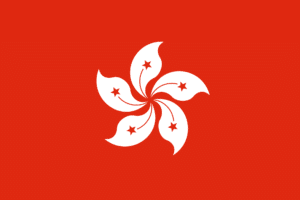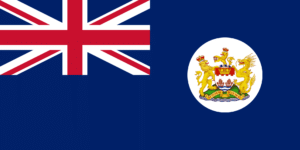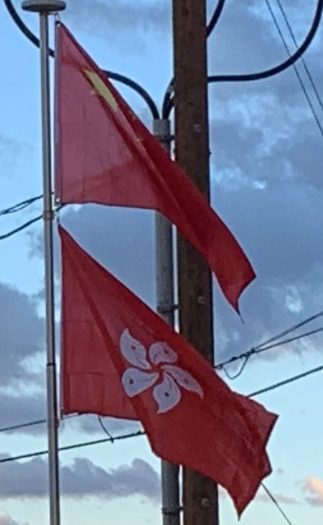Hong Kong International Airport is the territory’s primary airport. Over 100 airlines operate flights from the airport, including locally based Cathay Pacific (flag carrier), Hong Kong Airlines, regional carrier Cathay Dragon, low-cost airline HK Express and cargo airline Air Hong Kong. It is the eighth-busiest airport by passenger traffic, and handles the most air-cargo traffic in the world. Most private recreational aviation traffic flies through Shek Kong Airfield, under the supervision of the Hong Kong Aviation Club.
The Star Ferry operates two lines across Victoria Harbour for its 53,000 daily passengers. Ferries also serve outlying islands inaccessible by other means. Smaller kai-to boats serve the most remote coastal settlements. Ferry travel to Macau and mainland China is also available. Junks, once common in Hong Kong waters, are no longer widely available and are used privately and for tourism.
The Peak Tram, Hong Kong’s first public transport system, has provided funicular rail transport between Central and Victoria Peak since 1888. The Central and Western District has an extensive system of escalators and moving pavements, including the Mid-Levels escalator (the world’s longest outdoor covered escalator system). Hong Kong Tramways covers a portion of Hong Kong Island. The MTR operates its Light Rail system, serving the northwestern New Territories.
Flag of Hong Kong:
The flag of Hong Kong, officially the regional flag of the Hong Kong Special Administrative Region of the People’s Republic of China, depicts a white stylized five-petal Hong Kong orchid tree (Bauhinia blakeana) flower in the center of a Chinese red field. Its design was adopted on 4 April 1990 at the Third Session of the Seventh National People’s Congress. The precise use of the flag is regulated by laws passed by the 58th executive meeting of the State Council held in Beijing. The design of the flag is enshrined in Hong Kong’s Basic Law, the territory’s constitutional document, and regulations regarding the use, prohibition of use, desecration, and manufacture of the flag are stated in the Regional Flag and Regional Emblem Ordinance. The flag of Hong Kong was first officially hoisted on 1 July 1997, during the handover ceremony marking the transfer of sovereignty from Britain to China.

The design of the flag comes with cultural, political, and regional meanings. The color itself is significant; red is a festive color for the Chinese people, used to convey a sense of celebration and nationalism. Moreover, the red color is identical to that used in the national PRC flag, chosen to signify the link re-established between post-colonial Hong Kong and China. The position of red and white on the flag symbolizes the “one country two systems” political principle applied to the region. The stylized rendering of the Bauhinia blakeana flower, a flower discovered in Hong Kong, is meant to serve as a harmonizing symbol for this dichotomy. The five stars of the Chinese national flag are replicated on the petals of the flower.

Before the adoption of the flag, the Chairman of the Hong Kong Basic Law Drafting Committee explained the significance of the flag’s design to the National People’s Congress:
